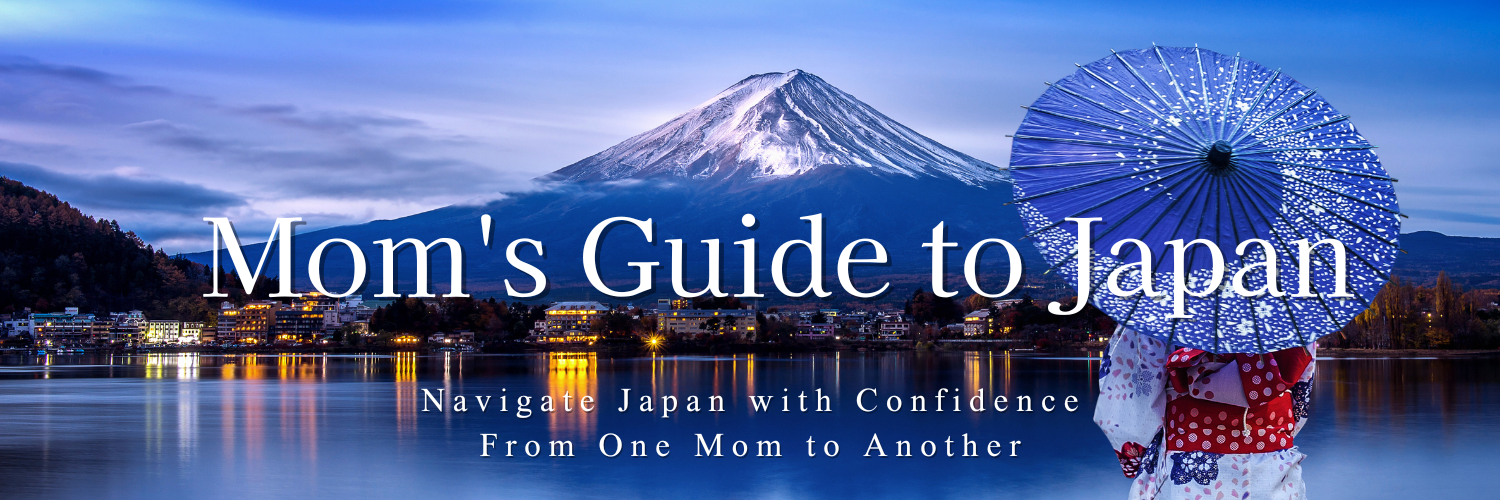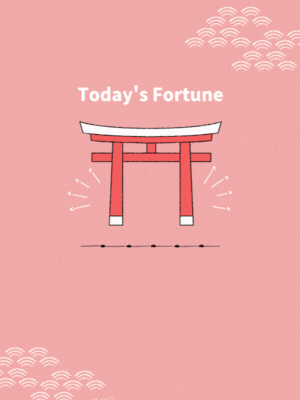- Japanese Festivals Special
- Japan’s Three Major Festivals
- Other Famous Japanese Festivals
- Sapporo Snow Festival(Hokkaido)
- Aomori Nebuta Festival (Aomori)
- Akita Kanto Festival (Akita)
- Sendai Tanabata Festival (Miyagi)
- Nagaoka Festival Grand Fireworks Display (Niigata)
- Sanja Festival (Tokyo)
- Takayama Festival (Gifu)
- Gozan no Okuribi (Kyoto)
- Awa Odori (Tokushima Prefecture)
- Hakata Gion Yamakasa (Fukuoka City, Fukuoka Prefecture)
- Nagasaki Lantern Festival
- Okinawa All-Island Eisa Festival
- Each Region Has Its Own Festivals
Japanese Festivals Special
Getting to know Japanese festivals is getting to know Japan itself.
You can experience history that isn’t usually visible, interact with local people, and see new aspects of Japanese culture.
In this article, I’m introducing some of Japan’s famous festivals.
During festivals, people become very open, allowing for unique interactions that are only possible at these special times.
I encourage you to visit various festivals and feel the vibrant energy of Japan!
What is Mikoshi?

A Mikoshi is a portable shrine that allows gods to travel around the local area during festivals.
When people shout “Wasshoi! Wasshoi!” while shaking the mikoshi, they are awakening the spirit of the deity enshrined inside and bringing the god’s power to the community, or they are entertaining the deity.
If you spot a mikoshi during a festival, try joining in and shouting along!
Children’s Festival Fun
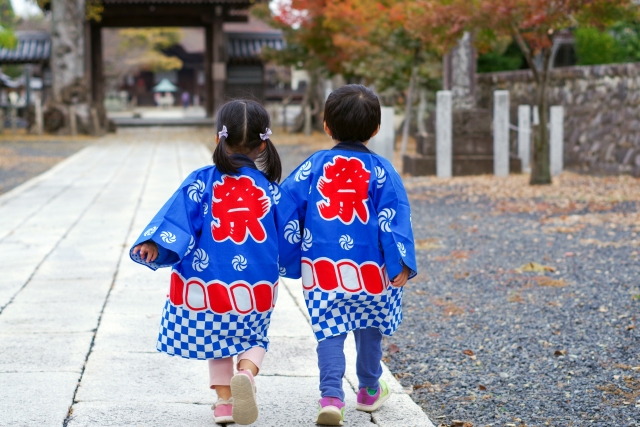
Children have their own special ways to enjoy Japanese festivals! Young festival-goers delight in wearing colorful yukata (summer kimono) or happi coats (traditional short coats with family or community emblems), which parents often consider a highlight of summer memories.
The festival grounds come alive with traditional games at various stalls where children can catch goldfish with paper scoops (kingyo-sukui), shoot cork guns at prizes, or try their luck at yo-yo fishing (water balloons on elastic strings).

The food stalls (yatai) offer irresistible treats that children eagerly anticipate—fluffy cotton candy (wata-ame), sweet caramel-covered apples (ringo-ame), savory takoyaki (octopus balls), and chewy chocolate-covered bananas.
For many Japanese families, these festival experiences create cherished childhood memories that connect younger generations to cultural traditions while having tremendous fun.
Japan’s Three Major Festivals
Japan’s Three Major Festivals (Nihon Sandai Matsuri) refer to the Gion Festival in Kyoto, the Tenjin Festival in Osaka, and the Kanda Festival in Tokyo.
These festivals share common features: grand scale, long history, and urban settings, making them representative of Japan’s most prestigious celebrations.
1. Gion Festival (Kyoto City, Kyoto Prefecture)

The Gion Festival is one of Japan’s most famous festivals with over 1,100 years of history.
Held throughout July, it features the spectacular Yamaboko Junko parade where massive, elaborately decorated floats weighing up to 12 tons are pulled through the streets.
The festival originated as a purification ritual to appease the gods during an epidemic in 869 CE.
Today, the festival transforms Kyoto’s downtown into a vibrant celebration with food stalls, traditional music, and locals dressed in yukata (summer kimono).
2. Tenjin Festival (Osaka City, Osaka Prefecture)
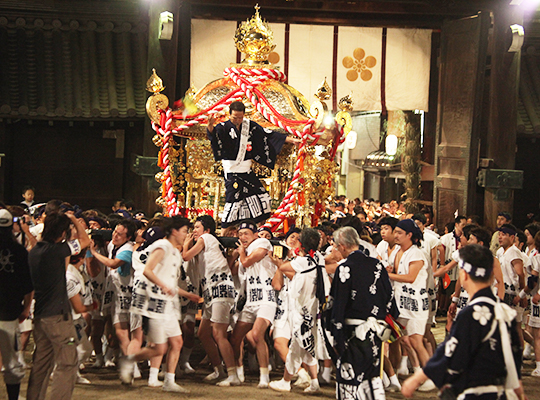
The Tenjin Festival honors the deity Sugawara no Michizane at Osaka Tenmangu Shrine.
Held on July 24-25 each year, it features a magnificent land procession with mikoshi and decorated floats, followed by a river procession with approximately 100 boats.
The highlight is the Funatogyo boat parade on the Okawa River with fireworks illuminating the night sky, creating a dazzling spectacle that attracts over a million visitors annually.
3. Kanda Festival (Chiyoda Ward, Tokyo)
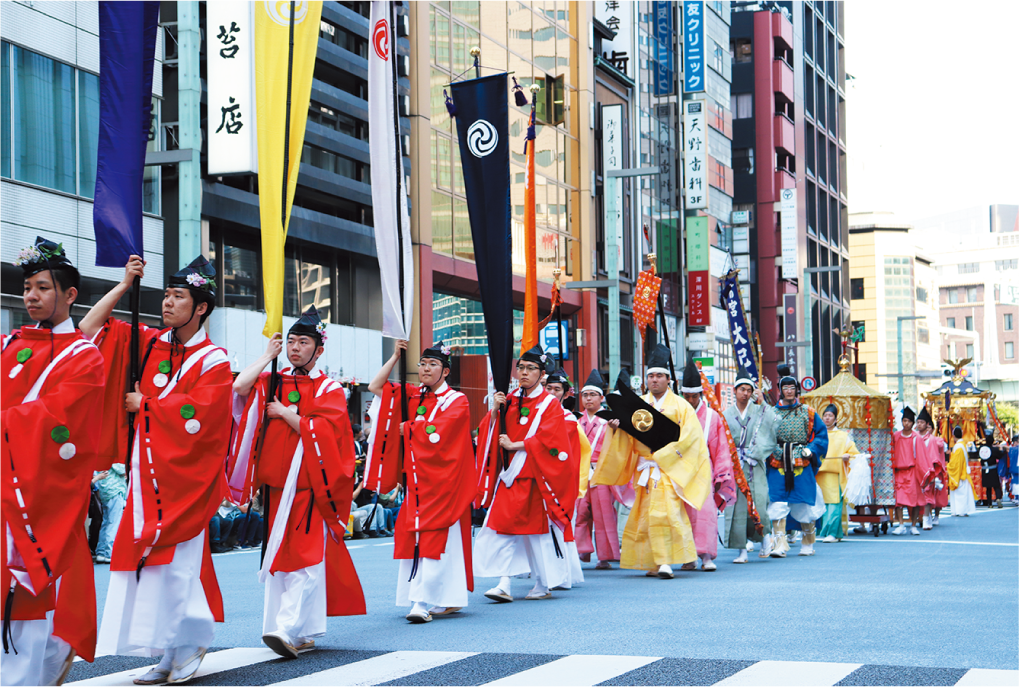
The Kanda Festival, dating back to the Edo period (1603-1868), is held at Kanda Myojin Shrine in even-numbered years.
During this vibrant celebration, over 100 mikoshi portable shrines parade through central Tokyo neighborhoods.
The festival’s most impressive sight is the procession of the main mikoshi carried by hundreds of participants shouting “Wasshoi!” The festival brings together Tokyo’s traditional culture with its modern cityscape, creating a unique experience.
Other Famous Japanese Festivals
Sapporo Snow Festival(Hokkaido)

Held in February, this winter wonderland transforms Sapporo with hundreds of elaborate snow and ice sculptures.
The main site at Odori Park displays massive snow statues that can reach 15 meters high, often depicting famous buildings, characters, or historical scenes. Illuminated at night, the sculptures create a magical atmosphere.
The festival began in 1950 when high school students built six snow statues and has grown into an international event attracting over 2 million visitors.
Aomori Nebuta Festival (Aomori)

This energetic summer festival features enormous illuminated floats depicting warriors, gods, and creatures from Japanese folklore.
Participants dressed in traditional haneto costumes dance around the floats shouting “Rassera! Rassera!” as they parade through the streets.
The massive lantern floats, some reaching 5 meters in height, create a magical nighttime spectacle that attracts over 3 million visitors annually.
Akita Kanto Festival (Akita)
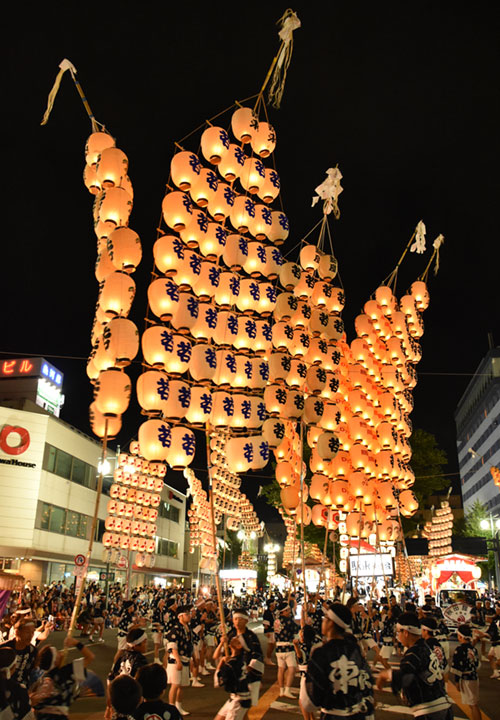
This unique summer festival features performers balancing enormous bamboo poles called “kanto” with up to 46 paper lanterns attached.
The poles can reach heights of 12 meters and weigh up to 50 kg. Skilled performers balance these illuminated poles on their foreheads, shoulders, and hips in a breathtaking display of strength and technique.
The festival is held August 3-6 and is believed to drive away evil spirits and pray for a good harvest.
Sendai Tanabata Festival (Miyagi)

This colorful summer festival transforms downtown Sendai with thousands of vibrant paper decorations hanging from bamboo poles.
Based on the Japanese star festival celebrating the meeting of divine lovers Orihime and Hikoboshi, the Sendai version is known for its elaborate decorations made by local shops, organizations, and families.
Held August 6-8, the festival draws over 2 million visitors who come to admire the colorful streamers, origami, and handmade ornaments.
Nagaoka Festival Grand Fireworks Display (Niigata)

This spectacular fireworks festival commemorates both the victims of WWII and the 2004 Chuetsu Earthquake.
The two-day event features some of Japan’s most impressive pyrotechnics, including the famous “Phoenix” fireworks that span 2 kilometers across the sky with a diameter of 650 meters.
The festival includes a moving “Restoration Prayer Fireworks” segment dedicated to recovery and peace.
Sanja Festival (Tokyo)
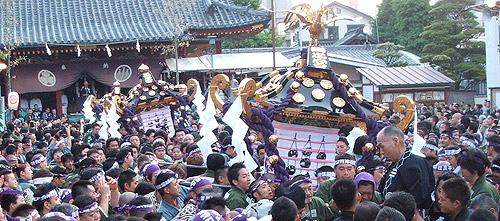
This vibrant festival at Asakusa’s Sensoji Temple honors the three men who founded the temple.
Nearly 100 mikoshi parade through the streets during this three-day celebration in May.
The highlight is when the three main mikoshi from Asakusa Shrine are carried through the district by thousands of participants.
The festival draws over 1.5 million visitors who enjoy the lively atmosphere, traditional music, and street food.
Takayama Festival (Gifu)
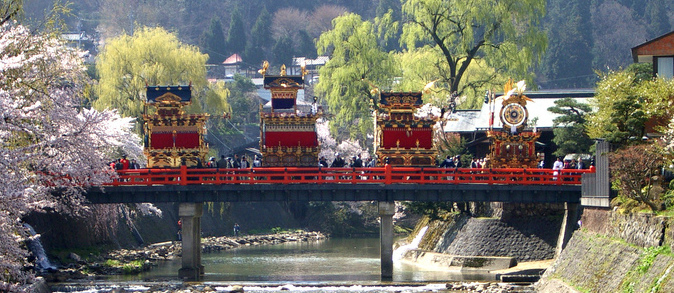
Considered one of Japan’s most beautiful festivals, the Takayama Festival occurs twice yearly—in spring and autumn.
It features ornate festival floats (yatai) with intricate mechanical puppets (karakuri) that perform on command.
These centuries-old floats are decorated with elaborate wood carvings, metalwork, and lacquer, showcasing the region’s renowned craftsmanship.
The evening processions are particularly magical when the floats are lit by hundreds of paper lanterns.
Gozan no Okuribi (Kyoto)

Also known as Daimonji, this August 16th event marks the conclusion of Obon, when ancestors’ spirits return to the spirit world.
Five enormous bonfires in the shape of Chinese characters and symbols are lit on mountains surrounding Kyoto, creating a spectacular night view.
The most famous is the character “大” (dai, meaning “great”) on Mount Daimonji, which can be seen from throughout the city.
The fires are lit in sequence, creating a solemn and moving spectacle.
Awa Odori (Tokushima Prefecture)
Awa Odori is one of Japan’s most famous dance festivals, held annually from August 12-15 in Tokushima City.
Dating back over 400 years, this energetic festival features dancers known as “Ren” moving through the streets in synchronized groups, performing distinctive movements while chanting “Yatto, yatto!”
The male dancers perform dynamic, energetic movements with bent knees and outstretched arms, while female dancers adopt more graceful, flowing motions.
The festival’s famous catchphrase embodies its spirit: “The dancers are fools, the watchers are fools, both are fools alike, so why not dance?”
With over 1.3 million visitors annually, Awa Odori transforms Tokushima into a mesmerizing celebration of music, dance, and community spirit.
Hakata Gion Yamakasa (Fukuoka City, Fukuoka Prefecture)
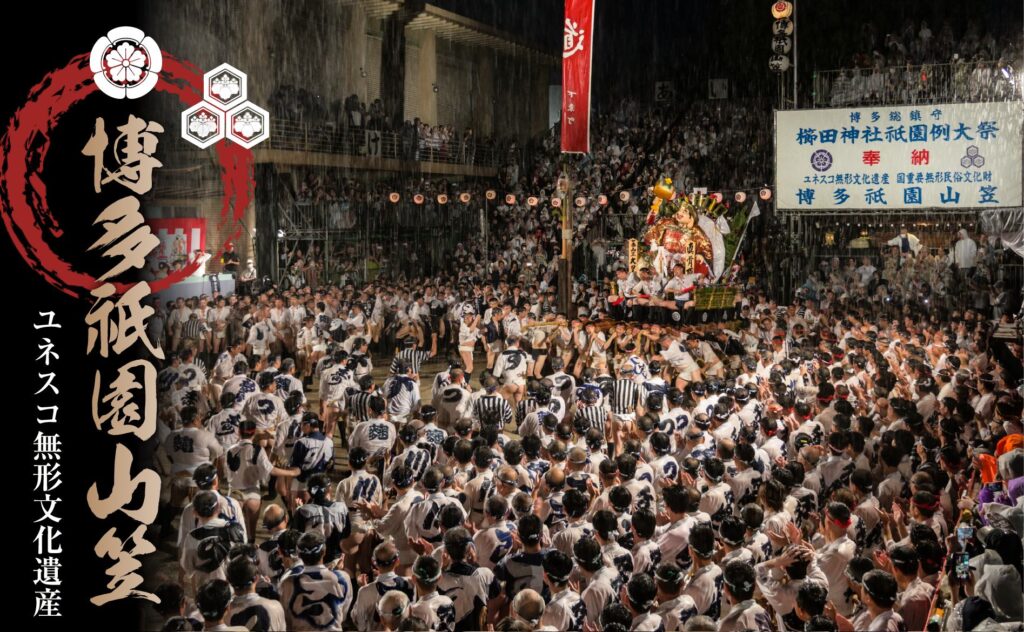
This dynamic summer festival features teams racing through the streets carrying massive decorated floats.
The highlight is the Oiyama race on July 15, where teams sprint a 5km course carrying 1-ton floats on their shoulders, competing for the fastest time.
The festival dates back 770 years and showcases both the physical strength and teamwork of the local men who participate.
Nagasaki Lantern Festival
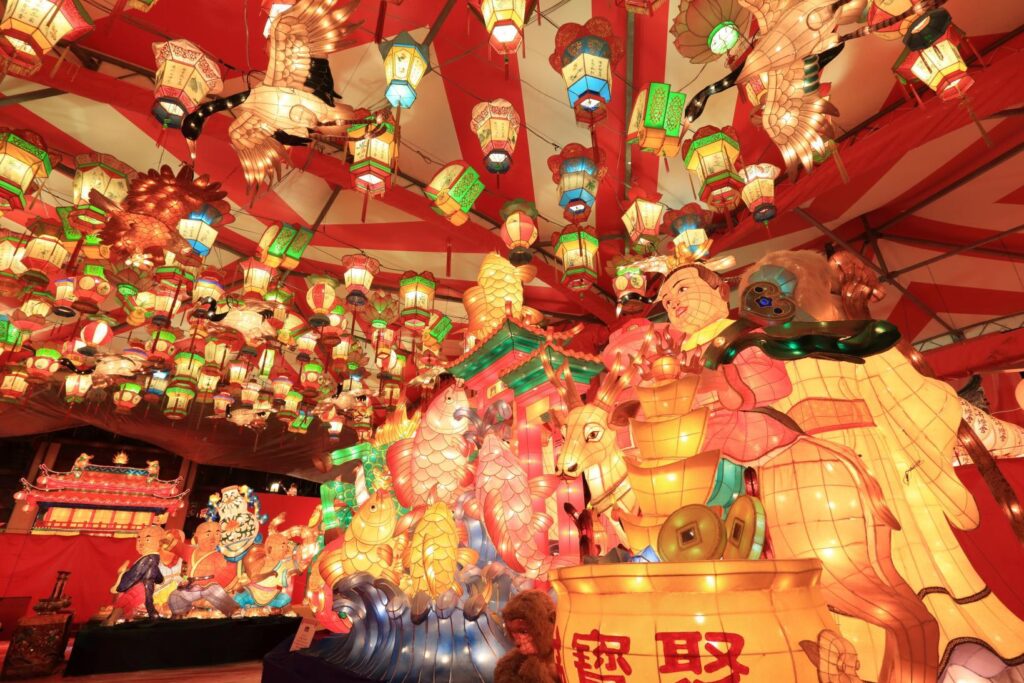
This beautiful winter festival transforms Nagasaki’s Chinatown and surrounding areas with thousands of colorful Chinese lanterns to celebrate Chinese New Year.
The city glows with over 15,000 lanterns in various shapes and sizes, including massive illuminated sculptures of Chinese zodiac animals and characters from Chinese mythology.
The festival features Chinese cultural performances, dragon dances, and food stalls serving Chinese delicacies.
Okinawa All-Island Eisa Festival
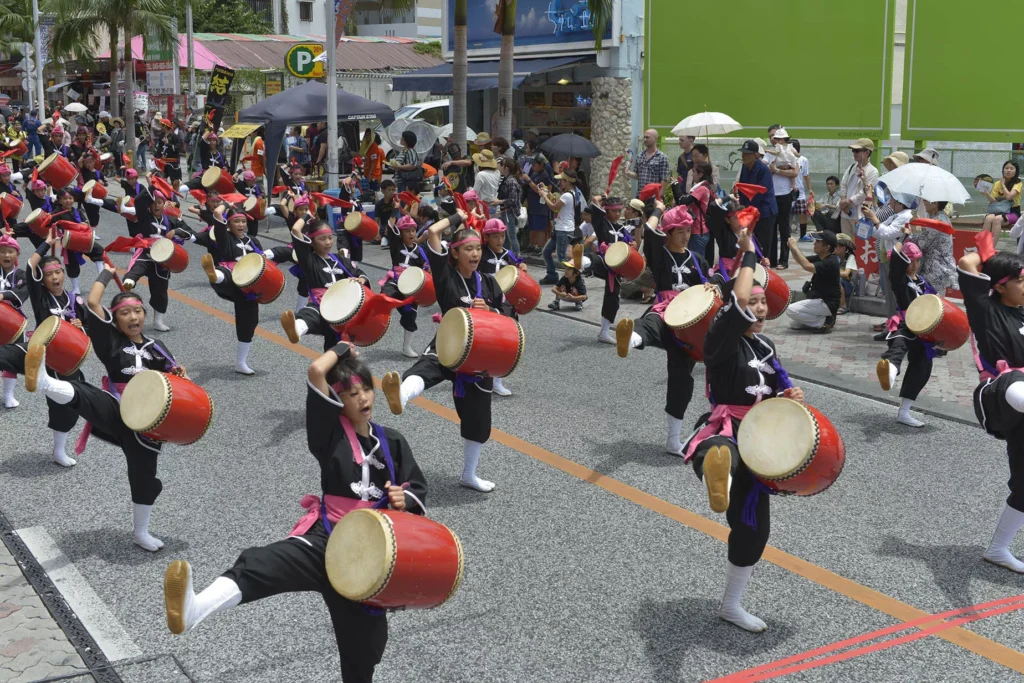
This energetic summer festival showcases Eisa, Okinawa’s traditional dance performed with taiko drums to honor ancestors during Obon.
Teams from across the island gather to perform their local variations of the dance, creating a vibrant celebration of Okinawan culture.
Dancers in colorful traditional costumes move dynamically to the powerful rhythms of drums and singing, displaying the unique heritage of Japan’s southernmost prefecture.
Each Region Has Its Own Festivals
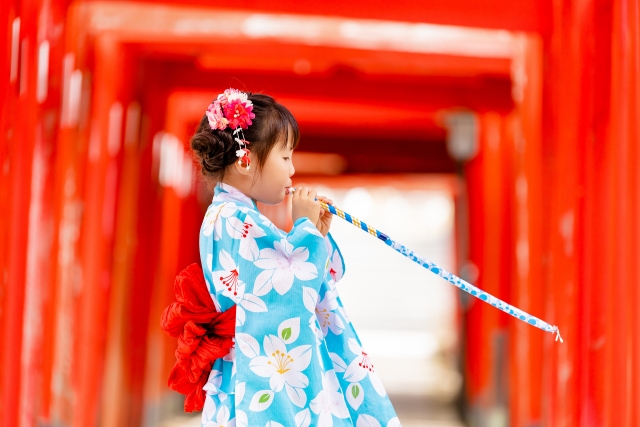
Beyond these famous celebrations, Japan is home to thousands of local festivals that reflect each region’s unique history, customs, and seasonal changes.
From harvest celebrations in rural villages to fire festivals in mountain towns, these local matsuri provide authentic glimpses into Japanese community life and traditions.
Many smaller festivals offer more intimate experiences and opportunities to interact with locals that you might not find at the larger, more touristic celebrations.
Whether you’re watching spectacular floats parade through ancient streets, joining locals in carrying a mikoshi, or simply enjoying festival food from yatai stalls, Japan’s matsuri offer unforgettable cultural experiences that connect visitors to the heart of Japanese traditions.
